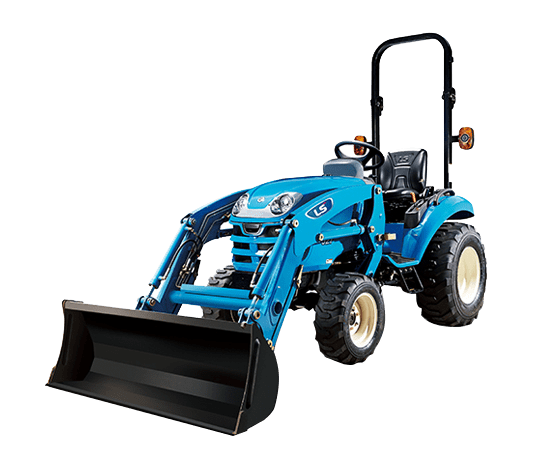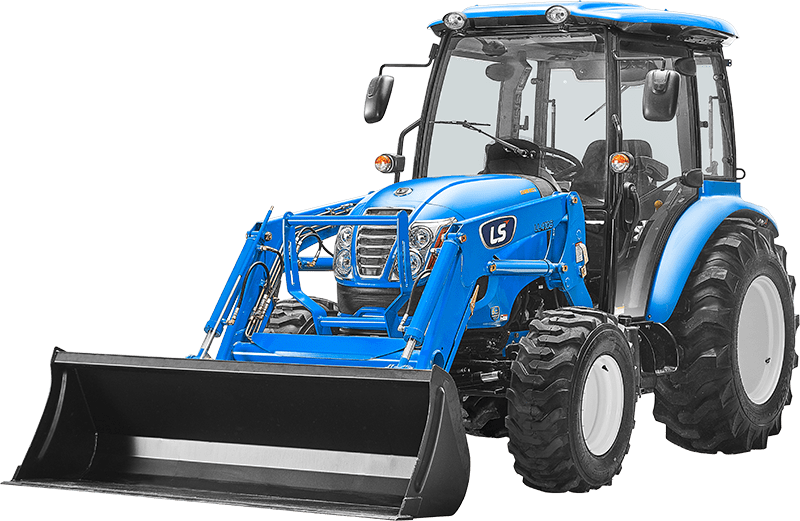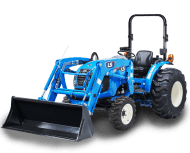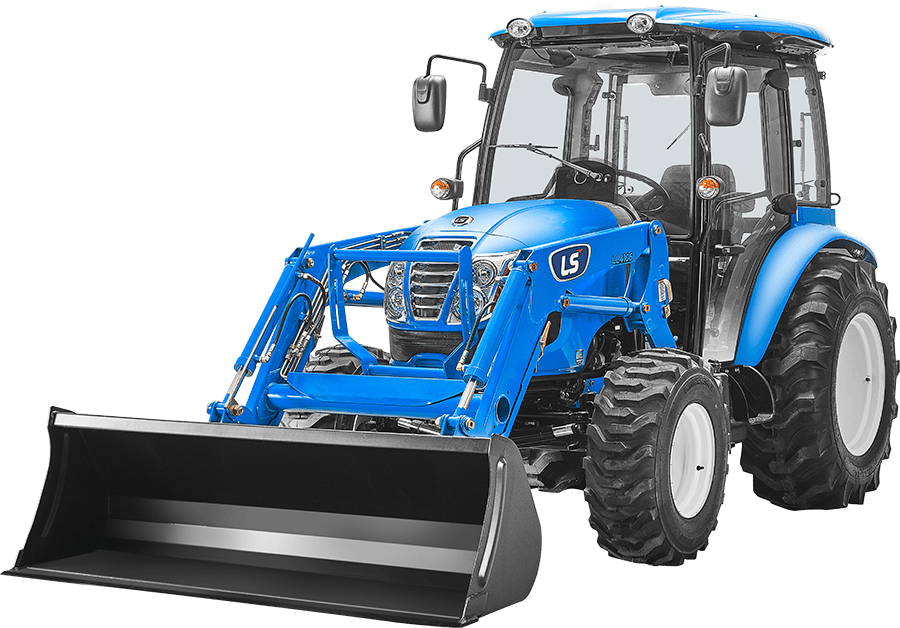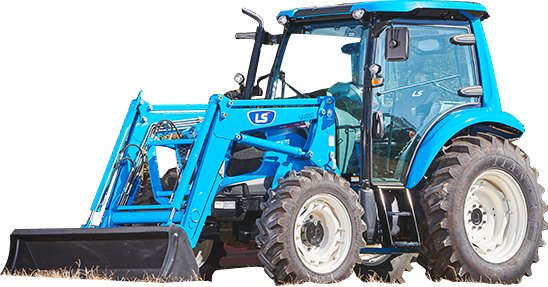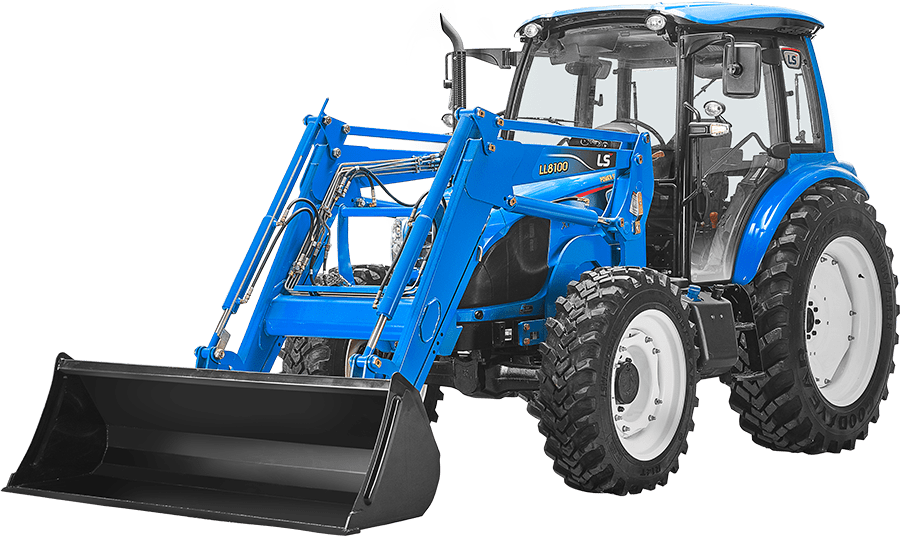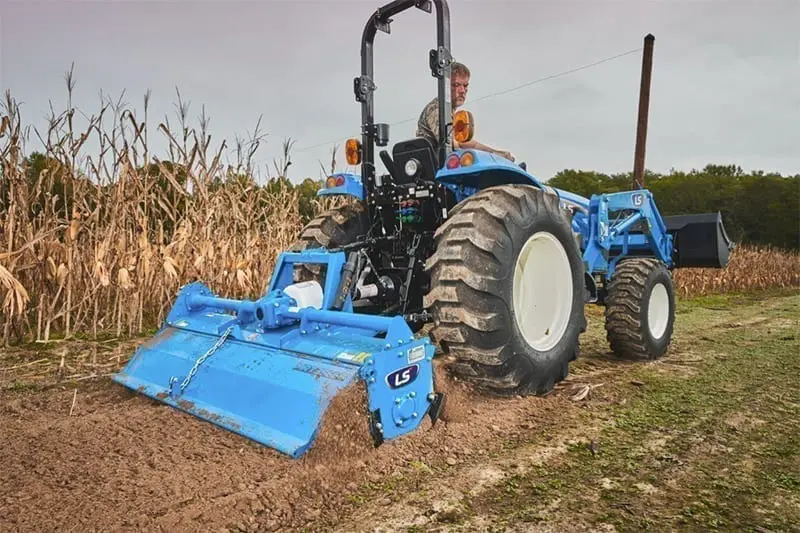Talking about Tilling
Ah Springtime: the birds are finally chirping, the days are finally getting warmer and longer, and (at least if you live in the South) everything is covered in pollen. It really is such a magical time. Spring also means it’s time to start getting ready to plant your garden and lots of home gardeners miss an important step: tilling.
Why Should you Till?
So what exactly is tilling and why is it so important? Tilling is basically the process of loosening the soil before you start planting. This process helps re-oxygenate the soil and helps get it ready for your veggies to live their best life. It also has the extra benefit of reducing weeds! Every winter, weed seeds lurk right below the surface: just waiting to spring up and overtake your garden. Tilling chops those seeds and roots up, making it harder for those weeds and easier on your back.
Before You Start
Before tilling, you need to make sure the area is clear of trash, rocks, or anything that could damage your tiller. You also want to make sure that the ground is warm and dry enough for you to till. Just because it is 70 degrees outside doesn’t mean that the ground is that warm. A good test for soil warmth is to stick your finger about 2-3 inches into the dirt. If your finger gets cold after about a minute, then it’s still too cold to till. If you till before the ground is ready, you’ll actually do more harm than good. Tilling is also a good time to introduce fertilizer or compost to your garden! Spread your nutrients of choice on the ground just before you till. Then, when you loosen the soil, you also add back very important nutrients so your garden can get the food it needs. It’s a win-win!
Tilling Checklist
Let’s run over our checklist one more time: We’ve made sure the area is free of any rocks or trash, we’ve made sure the ground is both dry AND warm, and we’ve spread helpful nutrients over the plot of land. Looks like we are ready to go! You can till the old fashioned way: with a shovel, rake, wheelbarrow, gloves, and the needed trip afterwards to your local chiropractor. If that doesn’t sound very fun to you, you can also use a mechanical tiller! Here at LS Tractor though, we want to make things easy on you. If you have a tractor, check out our line of PTO powered tillers. Just hook it up behind your tractor and off you go. Easy Peasy.
After Tilling
Once you’ve tilled, either by hand or by tractor, make sure you wait a week or two before you plant your garden to give the soil enough time to absorb all the nutrients you just fed it. Just make sure you only till at most twice a year in order to help control erosion. Then this summer when you have the best garden in town, you can kick back and watch everyone else wonder how you did it. Some experts say that jealousy is the best fertilizer for a small garden and now you are set up for the best bounty of all: bragging rights.


